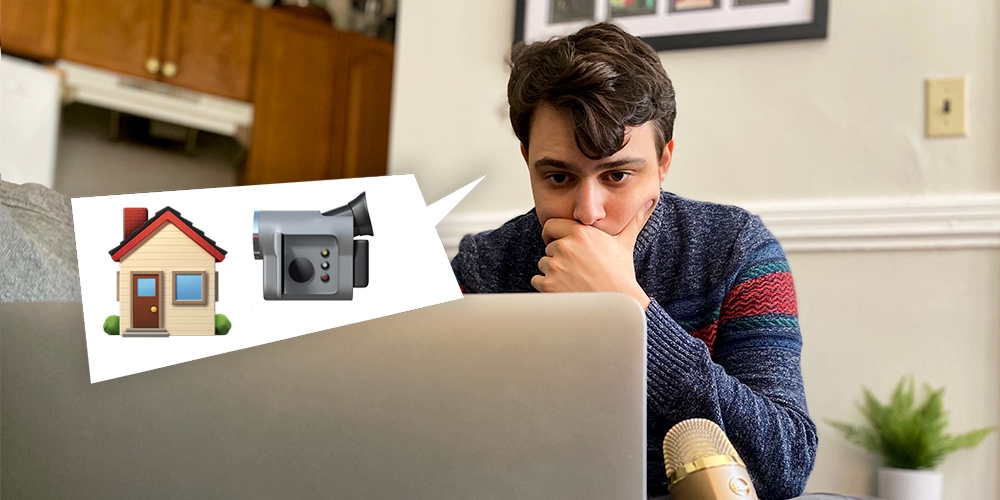Earlier this year Drift announced our decision to go Digital First. This is a massive change in the way we work because, for the past six years, we’ve intentionally had a very “in office” culture. It’s what helped us achieve hypergrowth and propelled us to where we are today.
But habits and expectations have changed. COVID and the intervening months have altered our perceptions of productivity, shared space, and time spent in the office vs. outcomes achieved. We’ve walked through a one-way door, and we simply can’t go back to how it used to be.
I chatted with Dena Upton, our Chief People Officer, about our decision to go Digital First in the latest episode of Seeking Wisdom. You can also keep scrolling for further insights into this change.
For companies that have been able to switch to remote work during COVID, there are typically three options for when the pandemic ends. 1) You go back to the way things were, no change. 2) You go back to the office, but allow some people to work from home and provide more overall work-from-home flexibility (we’ll call this a hybrid approach). 3) You go digital first.
I’ve experimented with a hybrid approach in the past and it wasn’t what I wanted for Drift. At Lookery, a company I founded in 2007, half the team was remote and the other half worked together in an office. No matter how hard we tried, the remote team members always ended up feeling left out. There were hallway conversations and sidebars that never made it back into our chats, emails, or wikis. It just didn’t work, in spite of our best efforts.
So for Drift, I knew there could be no in between.
One of the reasons we founded Drift in the first place was to build a new type of corporate America – one that values diversity and creates equity. And for us, hybrid was never going to be equitable.
What Digital First Looks Like
So what exactly does Digital First look like for Drift?
It means that our primary work spaces are our homes. The bulk of individual work will happen there. When the team does come together, we’ll do so in “Conversation Spaces,” or our repurposed offices. Everywhere we currently have a physical space – Boston, San Francisco, and Tampa – we’re creating collaboration outposts for group work. As our team expands to new cities in the US and globally, so will these spaces. And when team members do need focus time away from roommates, partners, or kids still homeschooling, they can book a work space in these Conversational Spaces as well.
Our larger team events, like Kick Off and new hire gatherings, will take place, as they did pre-COVID, in-person at larger venues.
Why Now
When COVID hit we thought we’d be out of the office for a week, then a few weeks, then a few months tops. We announced to the team we’d be coming back in June 2020. Then that got pushed to September. Then January 2021. And then, finally, June.
So when we made this announcement in January 2021 we still had (in theory) about six months before any of us were supposed to be back in the office. And I debated for a long time when to make the call.
But I knew that continuing to wait was putting unnecessary stress and pressure on the team. I saw many team members struggling to make or delaying big life decisions. So I knew the sooner we could announce something the better off the team would be.
We’ve Walked Through a One-Way Door
Before we made this decision, we surveyed the entire team to get their feedback – which was mixed. Some were happy to stay remote while others wanted to return to the office as soon as it was safe to do so. Others still wanted a little more work-from-home flexibility, but to go into an office regularly.
When we made the call I received emails both in favor and against the move. And that’s okay. Any decision would have left some people disappointed. And I know it’s going to take a long time for the team to be able to internalize this change, especially Drifters who’ve been with the company for a long time. So much of our culture was tied up in our office space and time spent at your desk. But that confused what was actually important. It conflated face time with output. COVID has shown us that what matters is not hours in the office, but outcomes achieved.
This change will be hard no matter what. Because in some ways we are mourning the loss of a collective gathering space. But to me, that’s tied up in COVID and not being able to see friends and family and co-workers like we used to.
And yes, there are still questions. How and where will we grow the team? How will we rearrange our offices to become Conversation Spaces? How will we meet the needs of a workforce that’s distributed around the country and across the world? How will we work asynchronously across time zones and schedules? How will we make sure it’s the outcomes not the hours in the office that drive our decisions?
The truth is I don’t have all the answers, but we’re learning as we go and we’ll be sharing what we learn along the way.
Drift is hiring! Learn more about open positions and apply today.









